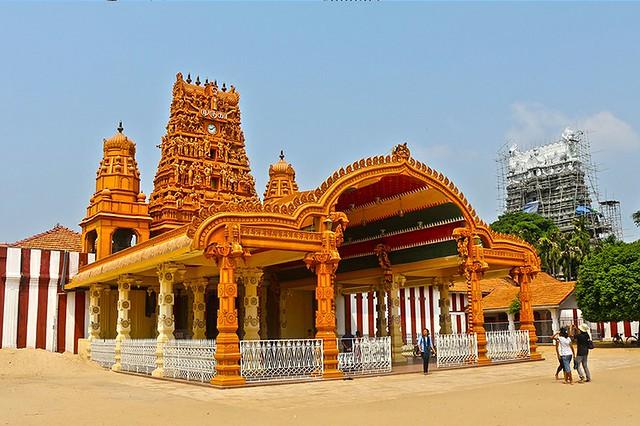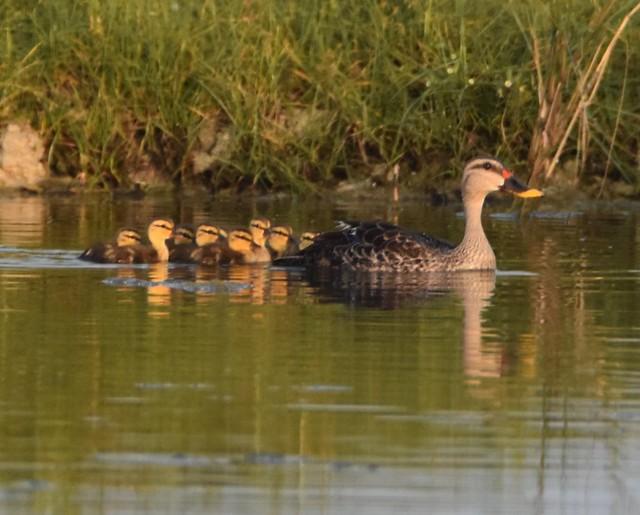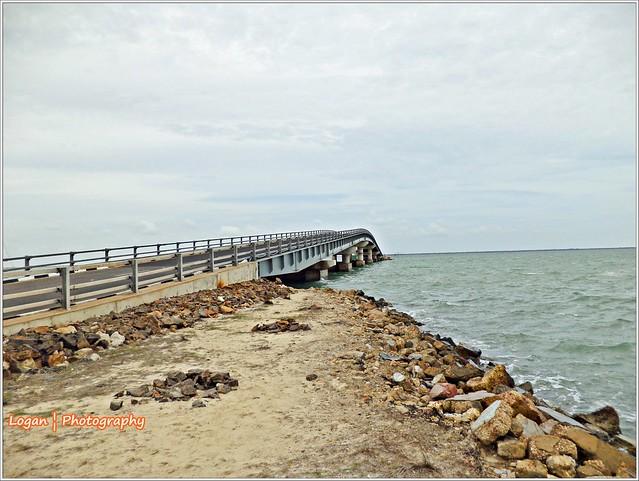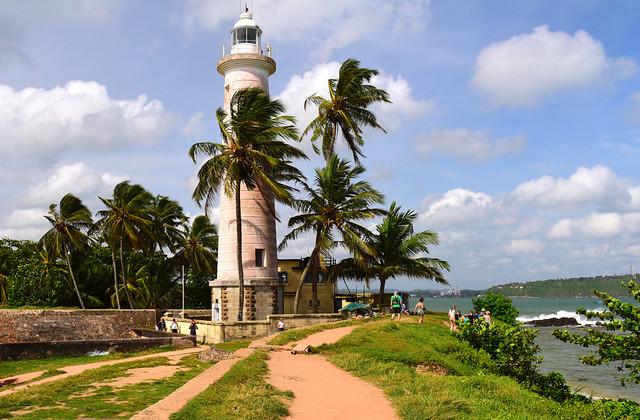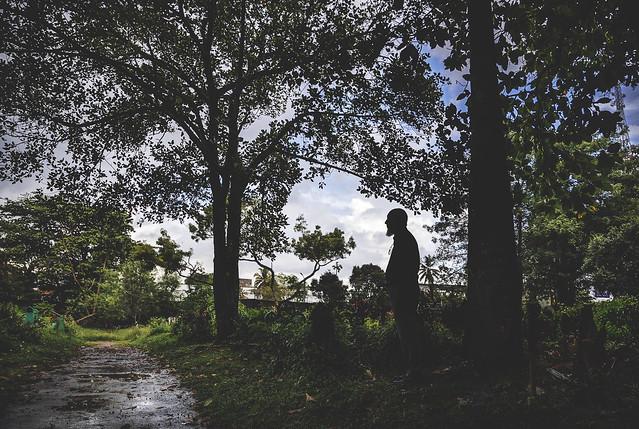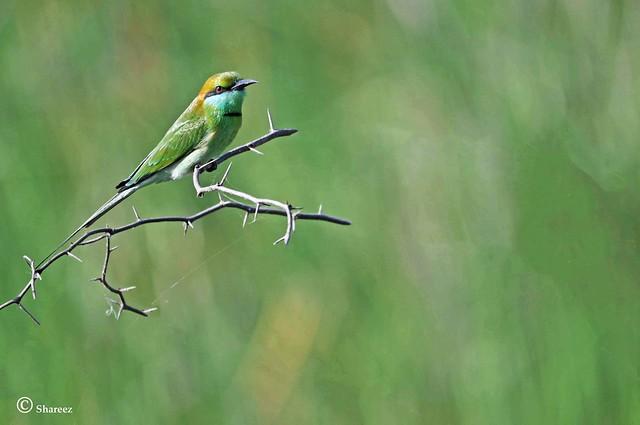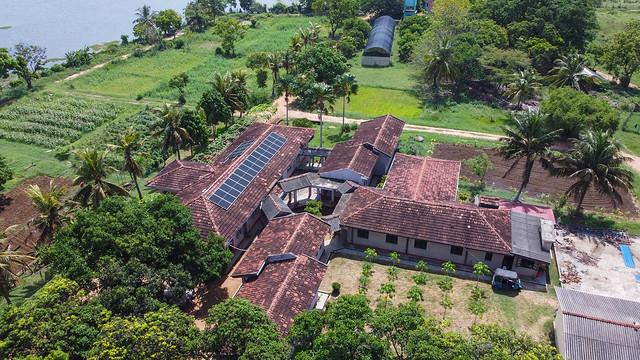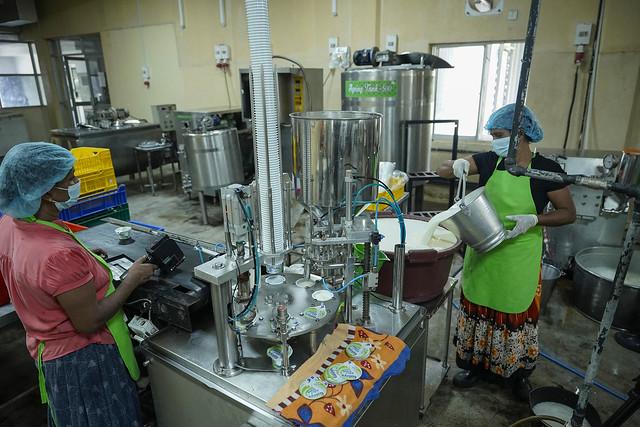Jaffna District
Overview
Overview of Jaffna District
Jaffna District is located in the northernmost region of Sri Lanka and is a place steeped in cultural richness and historical significance. It is predominantly Tamil and has a unique cultural identity shaped by Hindu traditions, colonial influences, and its own regional customs. The area is renowned for its stunning Hindu temples, such as the Nallur Kandaswamy temple, which is a major attraction. The local cuisine also sets it apart, with dishes that are distinctly spicier and more aromatic than in other parts of Sri Lanka. Jaffna’s landscape is dotted with palmyrah trees, and the serene lagoons and beaches add to its serene beauty. Exploring Jaffna offers a deeper understanding of the Tamil culture and the historical complexities of Sri Lanka.
Tourism Season and Activities
The high season for tourism in Jaffna is from January to March when the weather is dry and the temperatures are comfortably warm, making it ideal for exploring and engaging in outdoor activities. During this period, visitors can enjoy the vibrant local festivals such as the Thai Pongal and Maha Shivaratri, which showcase the rich cultural and religious heritage of the area. The cooler, drier months are perfect for visiting the historical sites, including the Jaffna Fort and the ancient library, exploring the local markets, or relaxing at the Casuarina Beach. Additionally, the Jaffna Music Festival, which usually takes place in March, is a great opportunity to experience traditional and contemporary music from local and international artists.
Preparation for Travel
Before traveling to Jaffna, there are several things that teenagers should prepare to ensure a smooth and enjoyable trip. Firstly, it’s important to check visa requirements and make sure all travel documents are up to date. While English is widely spoken, learning a few basic phrases in Tamil can be helpful for interacting with local residents. Dressing conservatively is advised, especially when visiting religious sites. Since public transportation can be crowded, renting bicycles or scooters can be a convenient way to explore the region at your own pace. Lastly, it's advisable to have local currency (Sri Lankan Rupee) on hand for small purchases and to always stay hydrated, especially when touring outdoors.
How It Becomes to This
History not available

You May Like
Explore other interesting states in Sri Lanka


